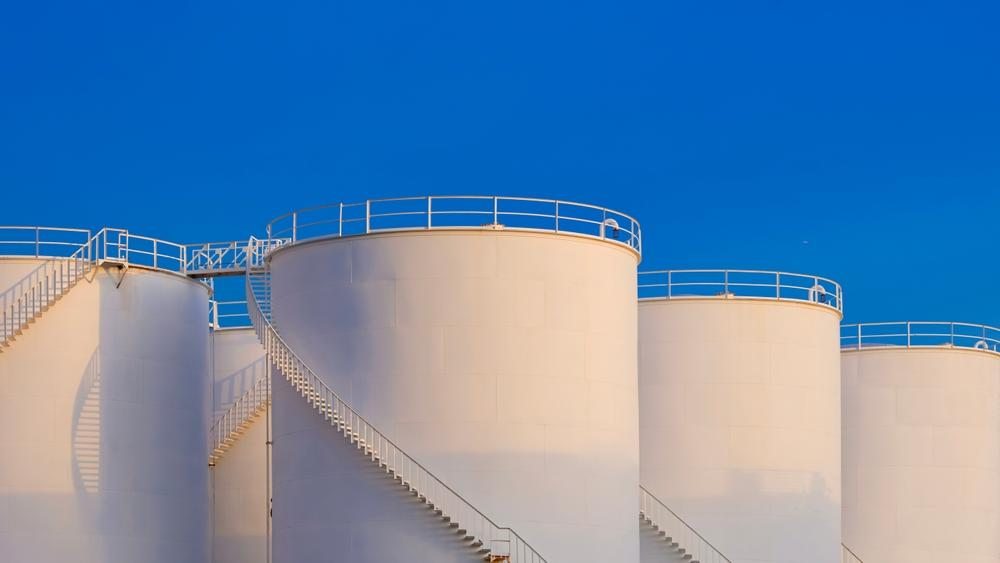
5 Key Factors When Sizing Your Diesel Storage Tank
When it comes to diesel storage, selecting the right tank size is necessary. A properly sized tank ensures an adequate and consistent supply of fuel while optimizing operational efficiency and reducing costs.
Below we discuss the key factors to consider when determining the appropriate size for your diesel fuel tank.
1. Fuel Consumption Requirements
The first step in determining the tank size you need is understanding your fuel consumption. Assess how much diesel your equipment or machinery consumes on a daily, weekly, or monthly basis. This ensures you have sufficient storage to meet your operational needs without running out of fuel or overstocking. A clear understanding of usage patterns is critical for planning purposes.
2. Frequency of Refueling
How often your tank is refilled plays a significant role in choosing the correct size. Some businesses prefer large tanks to minimize refill frequency and reduce downtime. Others might opt for smaller tanks if delivery services are frequent or space is a constraint. Balancing refill schedules with operational flow is essential to avoid interruptions or storage inefficiencies.
3. Storage Location and Space Availability
The physical space where the tank will be installed can limit your options. Whether you need an above-ground or underground tank, the available location must meet safety regulations and size requirements. It’s important to evaluate the dimensions of the area alongside compliance with local zoning and environmental rules.
4. Emergency and Backup Needs
Having enough diesel for emergencies or unexpected usage spikes is another consideration. Industries that rely heavily on critical machinery or backup generators should account for such contingencies when calculating tank size. Having extra capacity can provide peace of mind during power outages or supply chain disruptions.
5. Cost Efficiency
Lastly, budgetary constraints are a major factor. While a larger tank may reduce refueling frequency and offer bulk purchase savings, it also involves higher upfront costs and potential maintenance expenses. On the other hand, smaller tanks may have lower initial costs but could lead to higher long-term logistical expenses. Conduct a cost-benefit analysis to make an informed decision.
Selecting the right diesel storage tank size is a balancing act between operational needs, available space, and budget. By carefully evaluating the factors above, you can choose a tank that supports both your immediate and long-term goals, ensuring smooth operations and efficient fuel management.